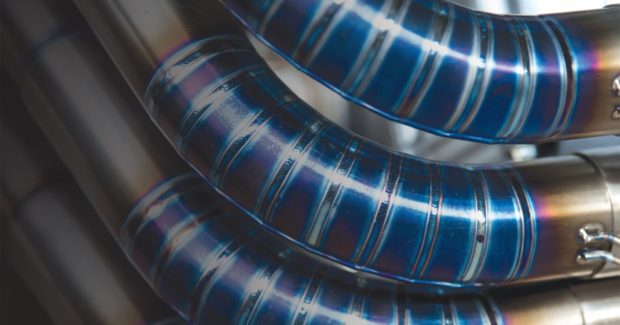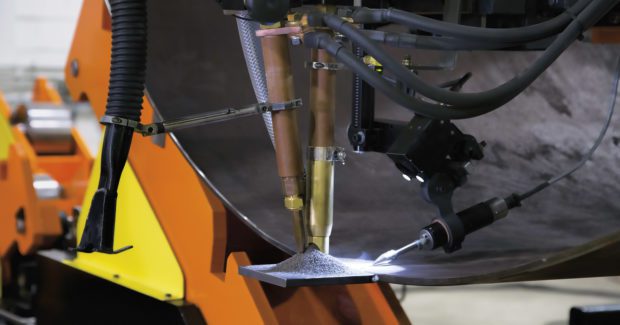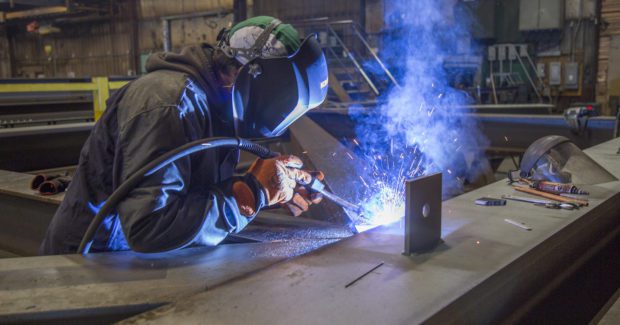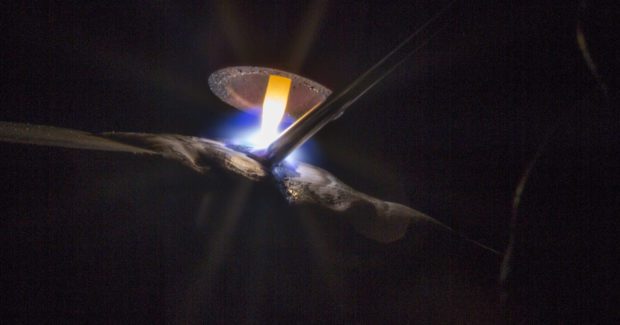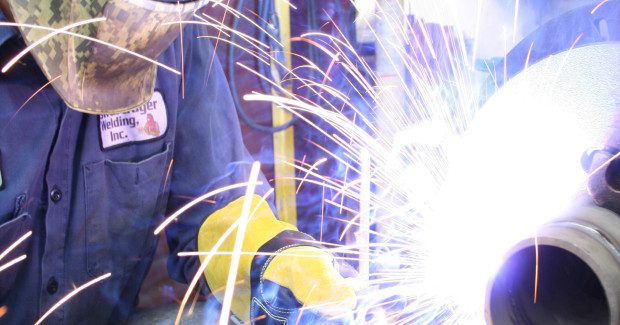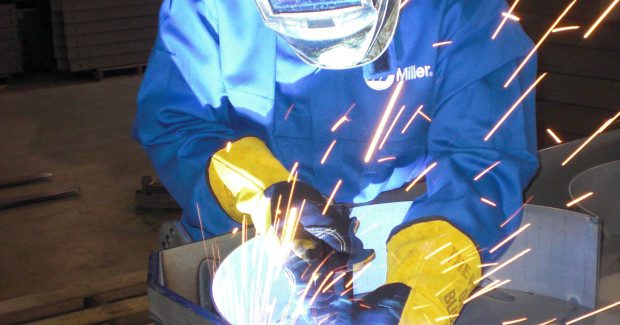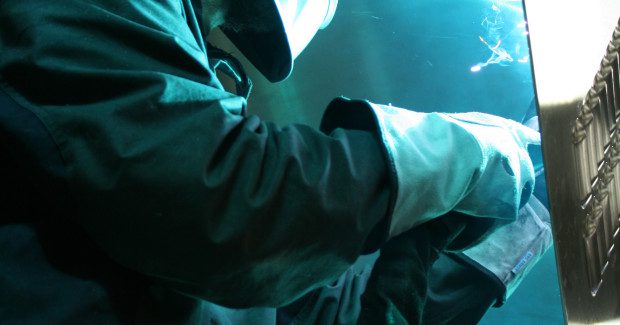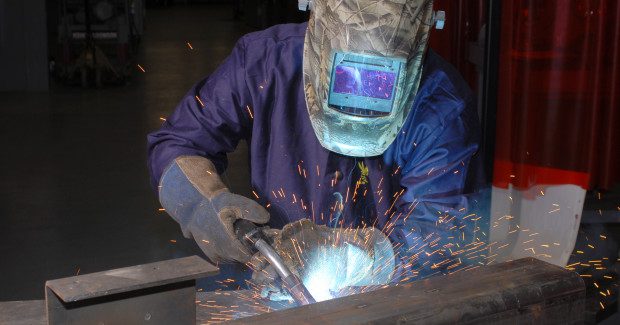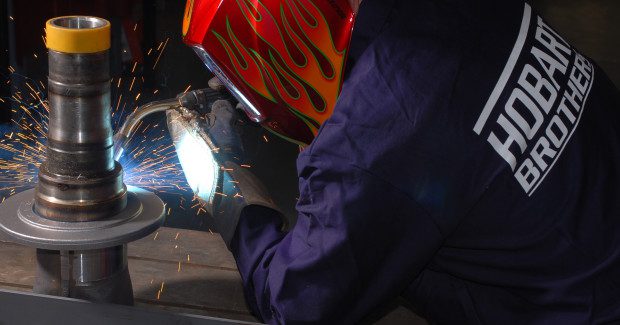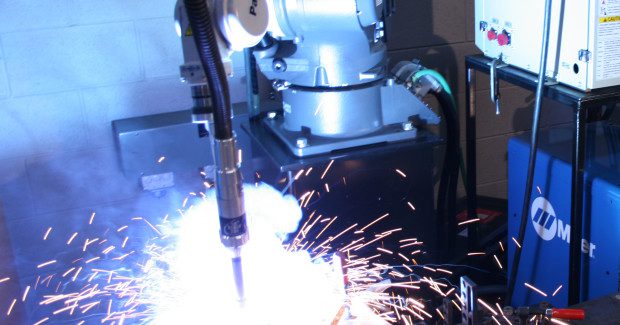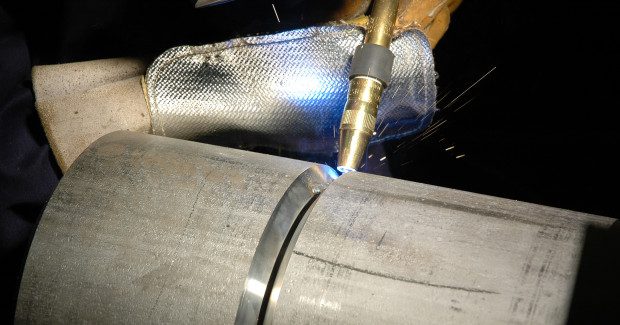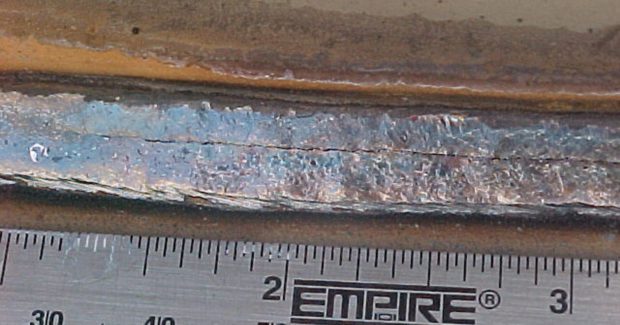Tim Hensley
Industry News
From safely operating metal forming and cutting equipment to helping crews avoid slips, falls, trips and exposure to harmful substances, machine shops are filled with their share of safety challenges. Many of these can be exacerbated when crews are working long hours and at full capacity — but safety can never take a back seat.
From safely operating metal forming and cutting equipment to helping crews avoid...









